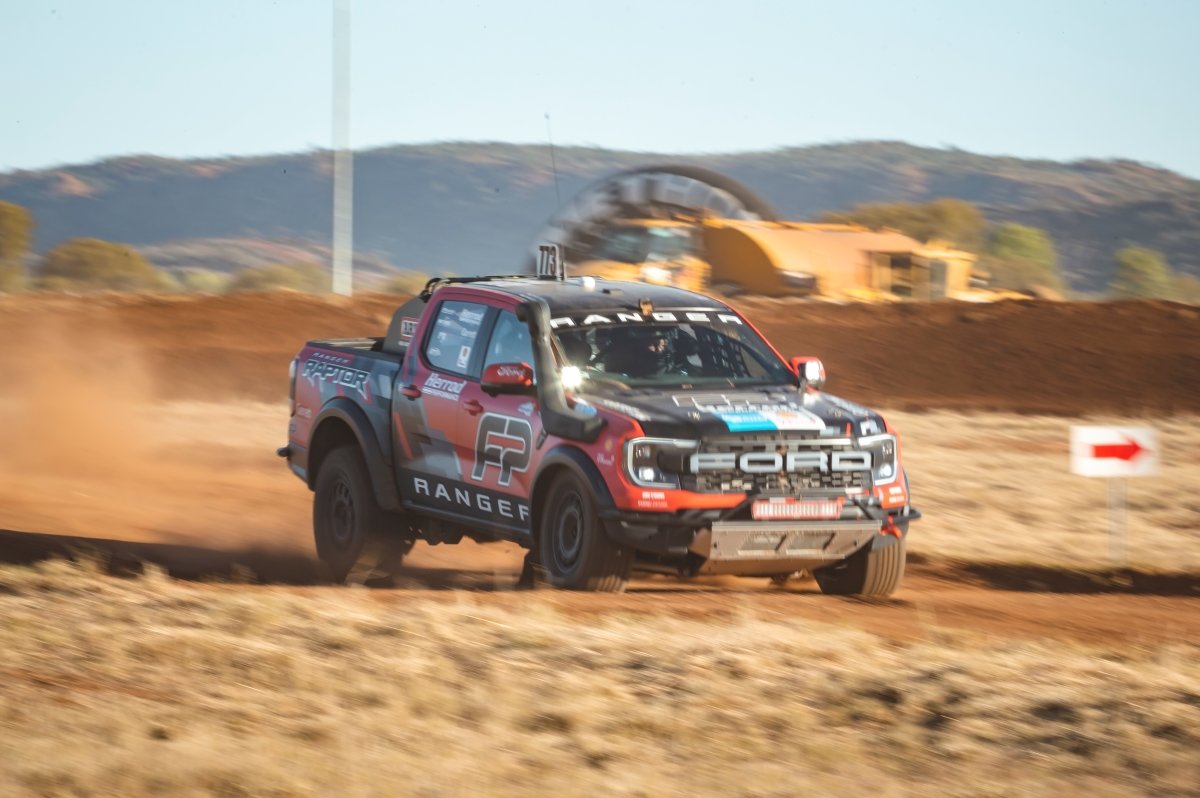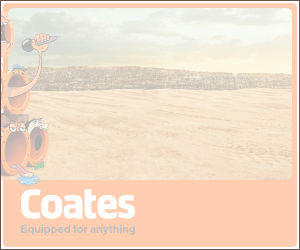
What is it?
The cheapest ticket to V6 dual-cab ownership in Australia, the XLT grade of the T6.2 Ford Ranger – designed and engineered in Melbourne, made in Thailand.
While most other dual cab utes are four-cylinder, just the Ranger and the Volkswagen Amarok – which is based off the Ranger – can come with proper six-pot power. (That’s forgetting the class of American ute-based behemoths now hitting Aussie roads.)
The cheapest V6 Amarok is the Style which more closely matches the Ranger Wildtrak for price and spec, meaning the XLT sits out on its own as the least expensive way to get yourself a new V6 ute.
READ MORE: Roland Dane on why the Ford Ranger is #1
Does it have any racing pedigree?

A current-generation Ranger won its class at the Baja 1000 in 2022 (although it was in a class of its own – literally) and did the same at the 2023 Finke Desert Race, that one with multiple class entrants. Ford is also taking on the epic Dakar Rally with a Ranger-based prototype in 2025, with defending champion Carlos Sainz at the wheel.
READ MORE: Ford Ranger gets WRC-inspired upgrades
What’s under the bonnet?

A 3.0-litre turbodiesel V6 producing 184kW at 3250rpm and 600Nm from 1750 to 2250rpm. Codenamed Lion PSA, this engine dates back to 2004 and in its various iterations has been used in Fords, Jaguars, Land Rovers and even Peugeots and Citroens.
In the Ranger we have today, the V6 is mated to Ford’s own 10-speed torque converter automatic transmission, in turn connected to a selectable all-wheel-drive system and a locking rear differential.
ROAD TEST: New Ford Ranger line-up tested
How does it handle?

The Ranger is probably inherently the best-handling of all the dual-cab utes, although that’s like saying Nathan Cleary is the most balletic of all the rugby players.
While this is the same platform that underpins the twin-turbo V6 Raptor, the XLT is decidedly more lumbering and less appealing to any keen driver, especially on its all-terrain tyres which work off-road and that’s about it.
It makes much more sense in the tradie-infested suburbs where you sit very high (looking over even most SUVs) and enjoy good ride quality by workhorse ute standards. But there’s no getting away from the fact this is a large vehicle with plenty of utilitarian genes, as evidenced by the slow steering which will have you all arms-a-flailing if you need to do a three-point turn in a hurry.
Where would you most like to drive it?
The XLT V6 would be snorting at its happiest with a massive caravan on the back and a big, wide, open Aussie road through the windscreen, we reckon. That’s exactly what it’s made for and, not that we tried it, where it would excel.
What’s the interior like?
Simple yet comfortable with plenty of space, and a nice splashing of tech. You can tell you’re in a middling grade by the cloth, manual front seats, although there are some nice little luxuries like a leather-wrapped steering wheel, dual-zone climate control and keyless entry and start.
There’s an eight-inch digital instrument cluster and 10.1-inch portrait central touchscreen with wireless Apple CarPlay and Android Auto. Space in the back is pretty good for a dual-cab ute, while the tray is lovely and large, with a maximum 1047kg payload and famously able to fit a standard-sized pallet.
How much does the Ford Ranger XLT V6 cost?
Without options the Ranger XLT V6 is $67,590 before on-road costs. The vehicle we assessed came with $3230 of options, including the $1650 Touring Pack (which adds a 360-degree view camera and a system that can semi-autonomously reverse-park a caravan), $700 all-terrain tyres and $700 premium paint. The as-tested price was $70,820 before on-roads.
Would I buy one?

If you’ve got something large to tow, regularly, and don’t care for things like larger digital instrument clusters and ventilated seats, you can’t go too wrong with the Ranger XLT V6. It’s a workhorse with some frills, but not too many – it’s like the SV8 of dual-cab V6 utes (remember the SV8?)
We wouldn’t be surprised if the V6 used less fuel while towing big things than the four-cylinder, as well – justifying the $4200 premium. If you don’t regularly tow a large caravan or boat, you can get a four-cylinder Wildtrak with a lot more goodies for just $1800 more.

















Discussion about this post